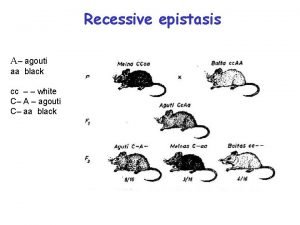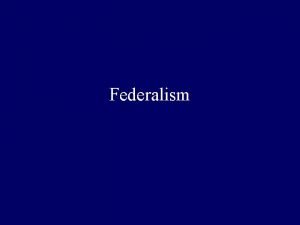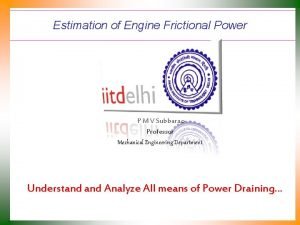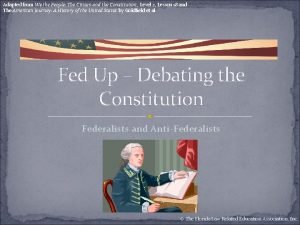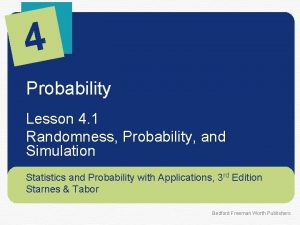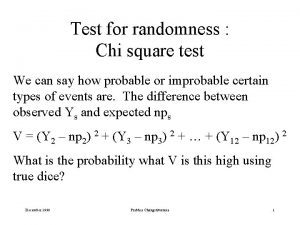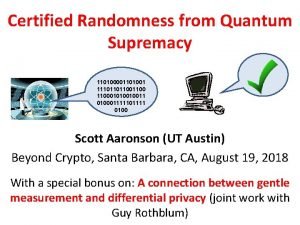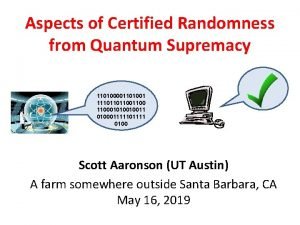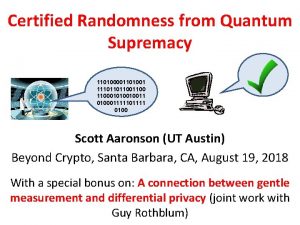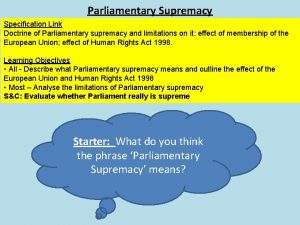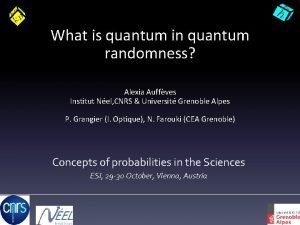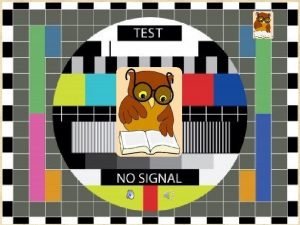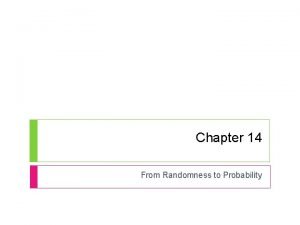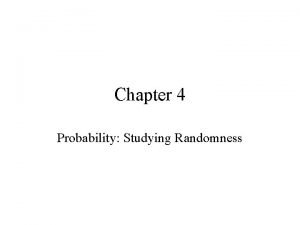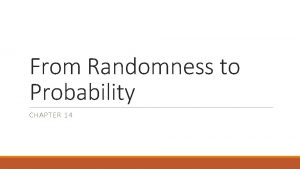Certified Randomness from Quantum Supremacy y t i














- Slides: 14

Certified Randomness from Quantum Supremacy y t i l i b a t i Inim 110100001101001 1110110110001010010011 010001111101111 0100 Scott Aaronson (University of Texas, Austin) Hebrew University, May 30, 2018

Congrats Charlie and Gilles! BB 84 BBBW Quantum Money BBBV Theorem BHT Collision Algorithm Bennett-Gill Random Oracles BHMT Amplitude Amplification

Solving Hard Sampling Problems with QC Theoretical foundations: Bremner-Jozsa-Shepherd (IQP), A. -Arkhipov 2011 (Boson. Sampling), A. -Chen 2017 (RCS). . . Showed that sampling the output distributions of various quantum systems is classically intractable under plausible assumptions… My line for years: Exciting because you can do this with a NISQ device, and because it will refute Gil Kalai. Clearly, obviously, it’s useless in and of itself… 110100001101001111011011001100010100100

Certified Random Bits: Who Needs ‘Em? For private use: Cryptographic keys (a big one!) For public use: Election auditing, lotteries, parameters for cryptosystems, zero-knowledge protocols, proofof-stake cryptocurrencies… Trivial Quantum Randomness Solution! |0 H Problem: What if your quantum hardware was backdoored by the NSA? (Like the DUAL_EC_DRBG pseudorandom generator was? ) Want to trust a deterministic classical computer only

Earlier Approach: Bell-Certified Randomness Generation Colbeck and Renner, Pironio et al. , Vazirani and Vidick, Coudron and Yuen, Miller and Shi… Upside: Doesn’t need a QC; uses only “current technology” (though loophole-free Bell violations are only ~2 years old) Downside: If you’re getting the random bits over the Internet, how do you know Alice and Bob were separated?

CHALLENGES New Approach: Randomness from SEED Quantum Inimitability Key Insight: A QC can solve certain sampling problems quickly —but under plausible hardness assumptions, it can only do so by sampling (and hence, generating real entropy) Upsides: Requires just a single device—perfect for certified randomness over the Internet. Ideally suited to NISQ devices Caveats: Requires hardness assumptions and initial seed randomness. Verification (with my scheme) takes exp(n)

Applications For the QC owner: Private randomness For those connecting over the cloud: Public randomness The protocol does require pseudorandom challenges, but: Even if the pseudorandom generator is broken later, the truly random bits will remain safe (“forward secrecy”) Even if the seed was public, the random bits can be private The random bits demonstrably weren’t known to anyone, even the QC, before it received a challenge (freshness)

The Protocol 1. The classical client generates n-qubit quantum circuits C 1, …, CT pseudorandomly (mimicking a random ensemble) 2. For each t, the client sends Ct to the server, then demands a response St within a very short time In the “honest” case, the response is a list of k samples from the output distribution of Ct|0 n 3. The client picks O(1) random iterations t, and for each one, checks whether St solves “HOG” (Heavy Output Generation) 4. If these checks pass, then the client feeds S= S 1, …, ST into a classical randomness extractor, such as GUV (Guruswami. Umans-Vadhan), to get nearly pure random bits

The HOG Problem Given as input an n-qubit quantum circuit C, and parameters b (1, 2) and k N, output n-bit strings s 1, …, sk such that We can verify that s 1, …, sk solves HOG in ~2 n classical time For b (1, 2) and large enough k, an ideal QC solves HOGb, k with probability close to 1, because of Porter-Thomas speckle behavior and the law of large numbers I can now prove Porter -Thomas behavior! Albeit for a weird circuit ensemble

Main Result Suppose that suitable hardness assumptions hold, and that the server does at most n. O(1) quantum computation per iteration. Suppose also that we run the protocol, for T 2 n steps, and the client accepts with probability >½. Then conditioned on the client accepting, the output bits S are 1/exp(n (1))-close in variation distance to a distribution with min-entropy (Tn). Which means: the extractor will output (Tn) bits that are exponentially close to uniform Hardest part: show accumulation of min-entropy across the T iterations. E. g. , rule out that the samples are correlated

Charlie and Gilles’ Influence BB 84: Use a randomness extractor to turn the messy output of a quantum process into pure random bits BBBV Theorem: I can prove the soundness of scheme unconditionally relative to a suitable oracle Bennett-Gill: Even relative to a random oracle BHMT Amplitude Amplification: Adversary can use it to help solve HOG! Need to account for that when setting parameters in hardness assumptions

Independent Approach Brakerski, Christiano, Mahadev, Vazirani, Vidick ar. Xiv: 1804. 00640 Method for a QC to generate random bits, assuming the quantum hardness of breaking lattice-based cryptosystems 2 -to-1 function f, plus trapdoor f f(x) measurement basis measurement result Huge advantage of the BCMVV scheme: Polynomial-time classical verification! Huge advantage of mine: Can be run on NISQ devices!

Future Directions Can we get polynomial-time classical verification and NISQ implementability at the same time? Can we get more and more certified randomness by sampling with the same circuit C over and over? Would greatly improve the bit rate, remove the need for a PRF Can we prove our scheme sound under “standard” rather than boutique complexity assumptions? Can we prove our scheme sound even against adversaries that are entangled with the QC?

Conclusions Certified randomness generation: the most plausible application of a very-near-term QC? Not only can we do it with 70 qubits, we don’t want more Requires a sampling problem: problems with definite answers (like factoring) are useless No expensive encoding needed; can fully exploit hardware With randomness generation, all the weaknesses of sampling-based quantum supremacy inimitability experiments have become strengths!
 Origin of quantum mechanics
Origin of quantum mechanics Quantum physics vs mechanics
Quantum physics vs mechanics Petrine supremacy
Petrine supremacy Topi agouti
Topi agouti Constitution supreme law of the land
Constitution supreme law of the land Black supremacy pmv
Black supremacy pmv The act of supremacy
The act of supremacy Justice bell
Justice bell Saddle river
Saddle river Supremacy clause examples
Supremacy clause examples A vassal owed his first loyalty to who
A vassal owed his first loyalty to who Supremacy clause clipart
Supremacy clause clipart Implied powers definition
Implied powers definition Randomness probability and simulation
Randomness probability and simulation Chi square test for randomness
Chi square test for randomness



